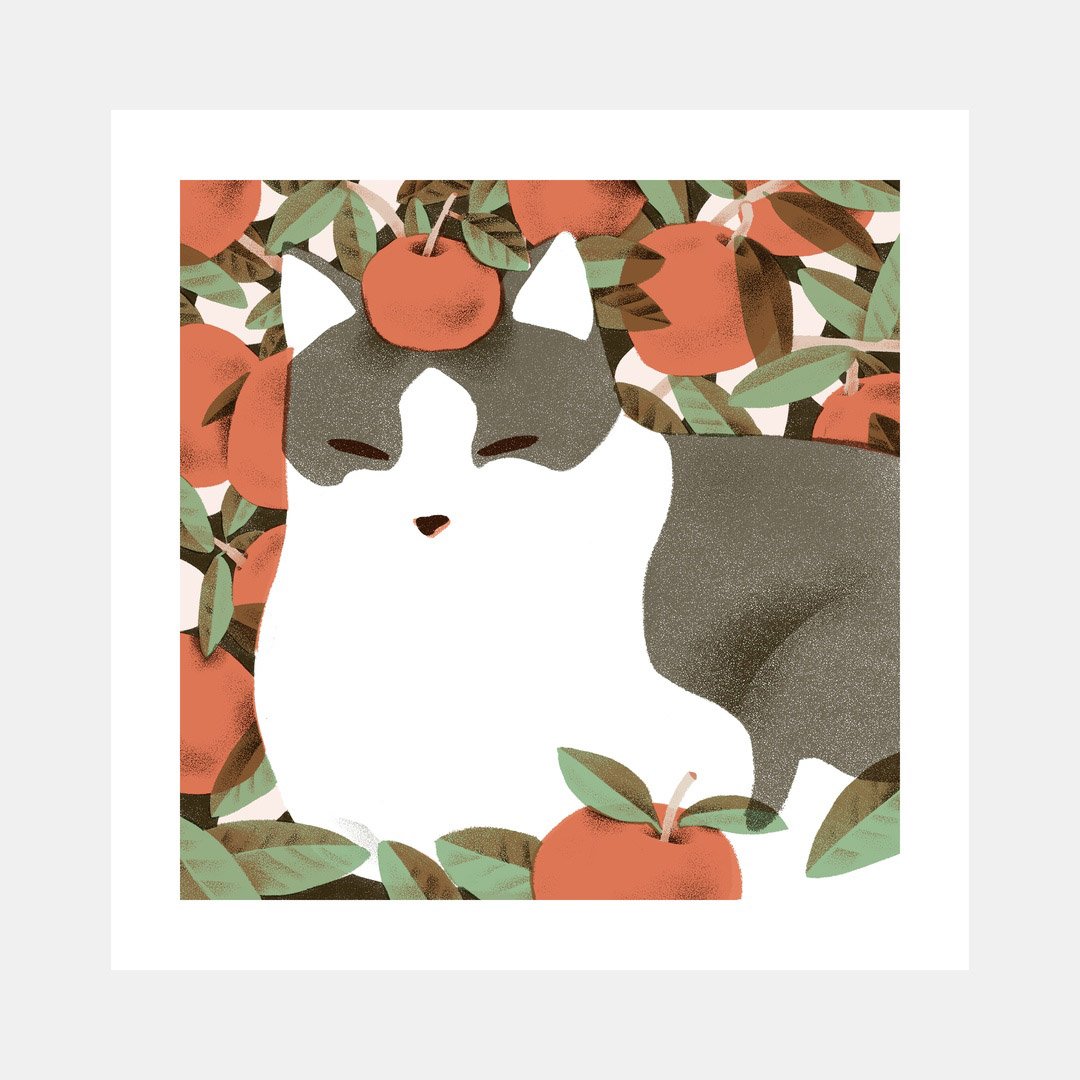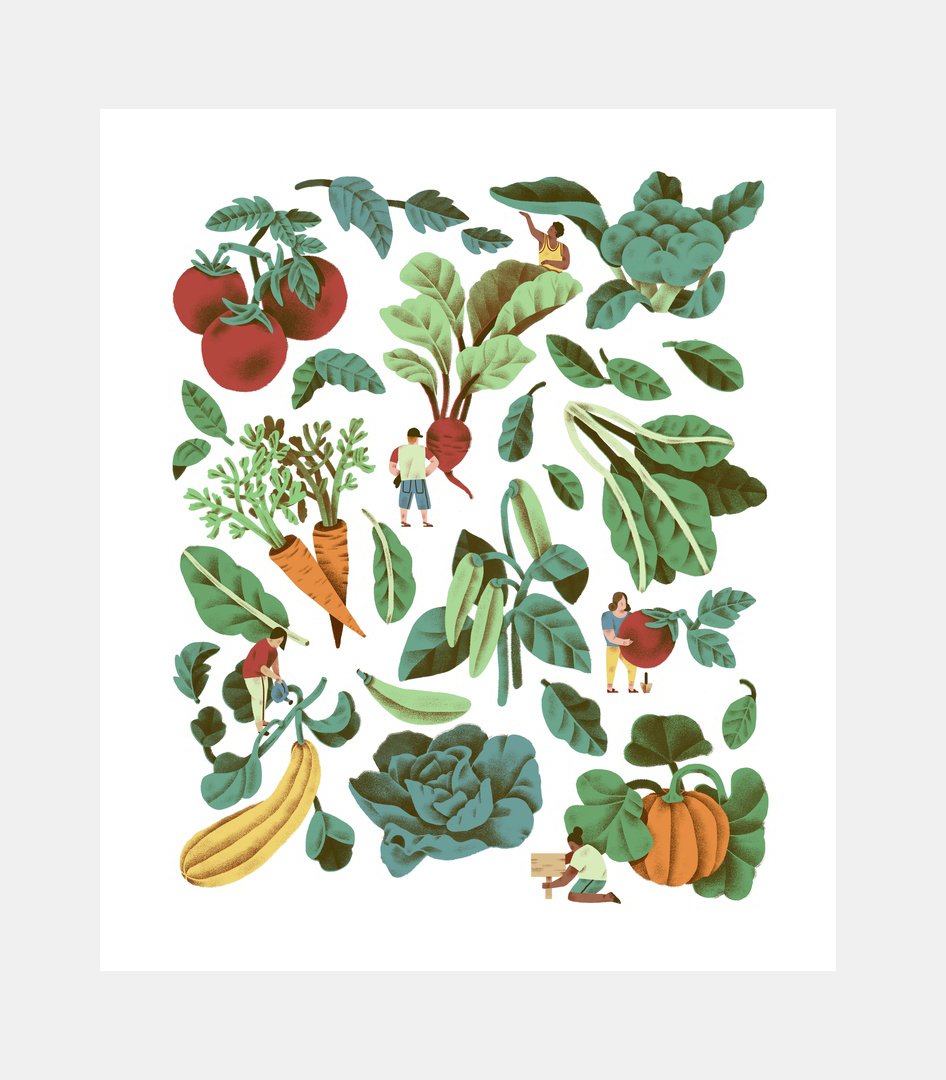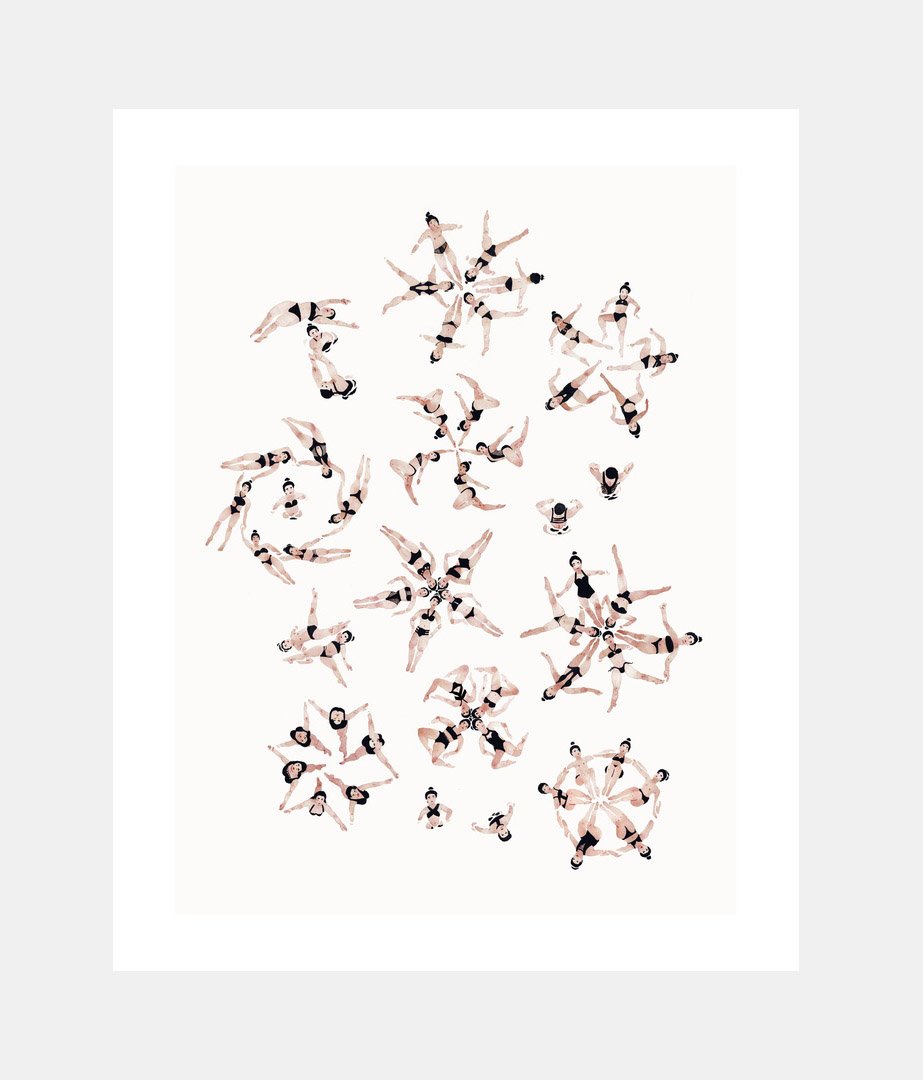Container Growing: 'Urizun Japanese' Winged Pole Bean
Urizun Japanese Winged Bean’s pale blue flowers
'Urizun Japanese' Winged Pole Bean is an heirloom variety known for its bold and prickled wing-like pods and eye-catching pale blue flowers. Although its originals are mostly unknown, this exotic legume can be ground throughout Southeast Asia.
How to Grow:
I bought my Urizun Winged Beans from Baker Creek and according to the instructions: pole beans thrive best when planted in full sun, requiring approximately 7 to 14 days to sprout under optimal conditions. These beans prefer temperatures ranging from 75 to 95 degrees Fahrenheit for ideal growth. To ensure adequate room for development, plant spacing should be maintained at approximately 6 inches apart* (pay attention to this note when reading my final thoughts!)
Seed Review:
I focus on experimental urban gardening in small spaces, emphasizing low-maintenance, dense, wild plantings. My container garden is on a city rooftop and I grow exclusively in pots, planters, and raised garden beds designed for decks.
My Garden Conditions:
| Zone: | 6a |
| Sun: | Full |
| Heat: | High |
| Wind: | Exposed |
| Humidity: | Average |
location_on Toronto, Canada
Starting From Seed
This was my experimental year of growing in soil blocks so I sowed one seed per block and they germinated nicely. They lagged a little behind from other pole beans, but not by much. If you’d like to speed up germination, you can pre-soak the beans in warm water for a few hours though I skipped this step.
Although tempting to pinch off, try to leave the husk of seeds on as the seedlings emerge and allow them to fall naturally
A note about soil blocks: because beans grow so quickly the blocks are prone to drying out often, especially on warm sunny days - you may even need to water them a couple times a day.
Growing in Containers
After the first set of true leaves emerged, I planted the blocks into their permanent containers which I applied a balanced fertilizer 1-2 times during the growing season. I made sure to keep the soil consistently moist, especially during the flowering and fruiting stages - checking the soil daily is important for a high heat, exposed rooftop garden like my own.
Medium-sized metal container and trellis planted with a mixture of beans: Dragon Tongue (bottom), Red Noodle (right), and Urizun (left)
'Urizun Japanese' Winged Pole Beans are climbing plants, so they require support to grow upward. Install trellises, poles, or fences for the vines to climb - the one I use is a solid wood lattice trellis. Because it’s heavy and stiff, I keep it simply leaned against the wall without drilling into it - if you’re in a condo and unable to modify your common elements, you can do this too, just make sure your supports are heavy and sturdy enough to stand on their own.
Pests
I didn’t have any problems with pests this growing season. However, monitor the plants regularly for aphids and bean beetles. Handpick any pests or use organic insecticidal soap as needed.
Harvesting and Cooking
Harvest 'Urizun Japanese' Winged Pole Beans when the pods are young and tender, typically around 6-8 inches long. As usual with beans, regular harvesting encourages continued production.
The beans can be eaten raw or cooked. I would describe the taste as sweetly earthy and has been widely described to taste like asparagus.
Urizun Japanese Winged Bean’s mature pod, ready to harvest
Edible Flowers
Winged bean plants are entirely edible: from the leaves, flowers, roots (and of course the pods!). Although I didn’t use the flowers as a garnish since for me, my planting attempt had scarce quantities of these beauties.
Did you know all parts of a winged bean are edibe? Leaves, roofs, pods, and flowers!
Final Thoughts
My experience germinating and growing of this Urizun Japanese winged bean was fairly straight forward but what made this tough to grow in my garden is how non-competitive this variety was compared to more common climbing beans (like Scarlet Runner, which is my reliable go-to) and since I plant densely in a mixed container I found Urizun difficult to flourish without proper spacing. If you’d like to grow this variety, I’d recommend really allowing it room to breath and heed the recommended planting distance to have a more successful yield.
Of all the pole beans I’ve tried, this was the meekest and it is slow! With Toronto having a short growing season, I wouldn’t grow as my regular crop.
Do you have any growing tips or experience with this crop? Comment below!
Support my Work by Purchasing an Art Print!
More Seed Reviews:













'Jade Cross' Brussels Sprouts are a hybrid seed boasted to have an early maturation period and resilient nature in particularly cold climates.